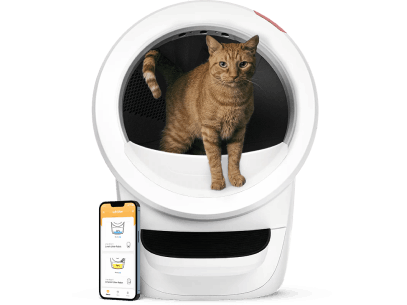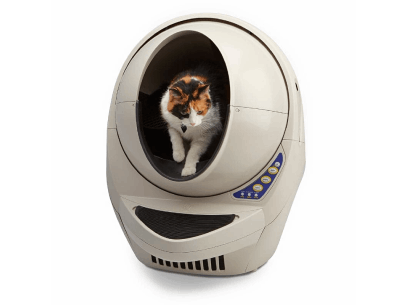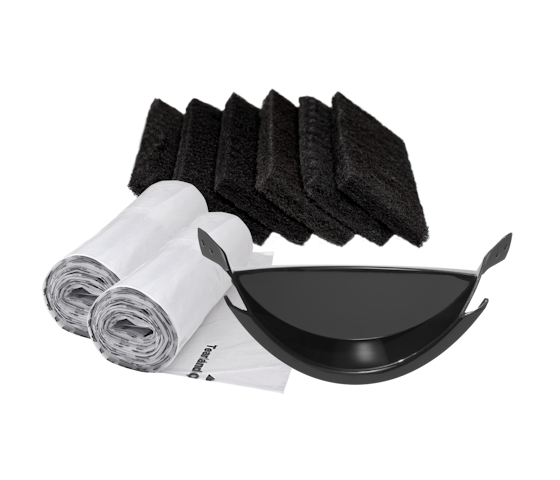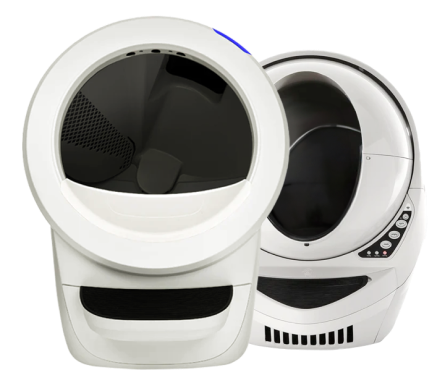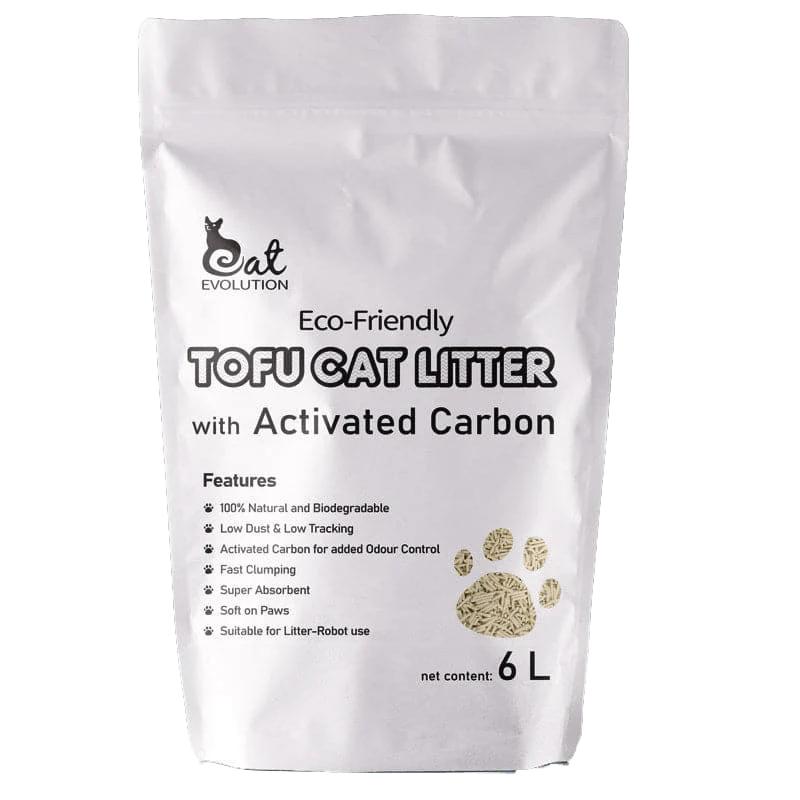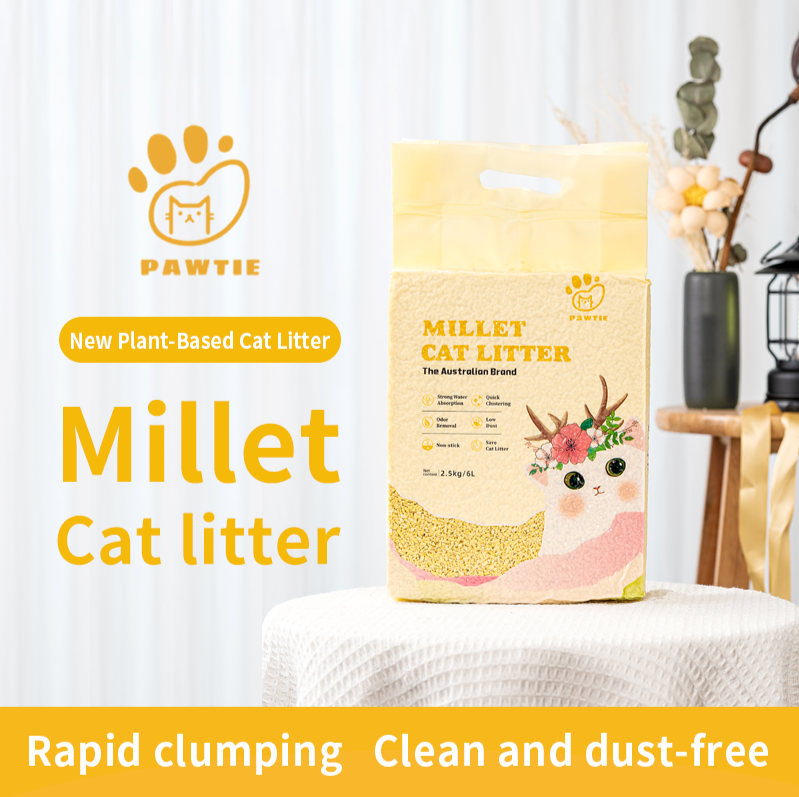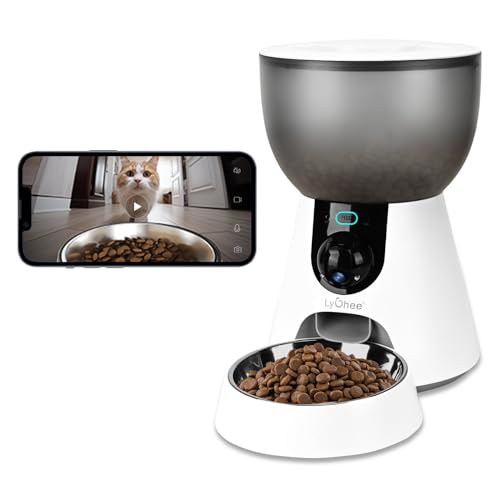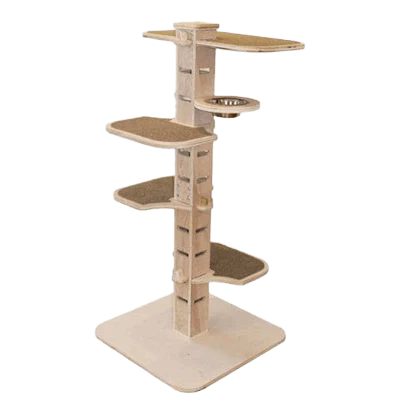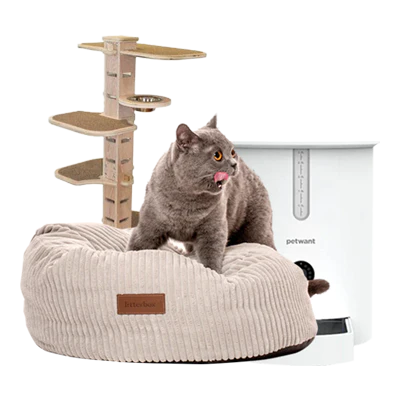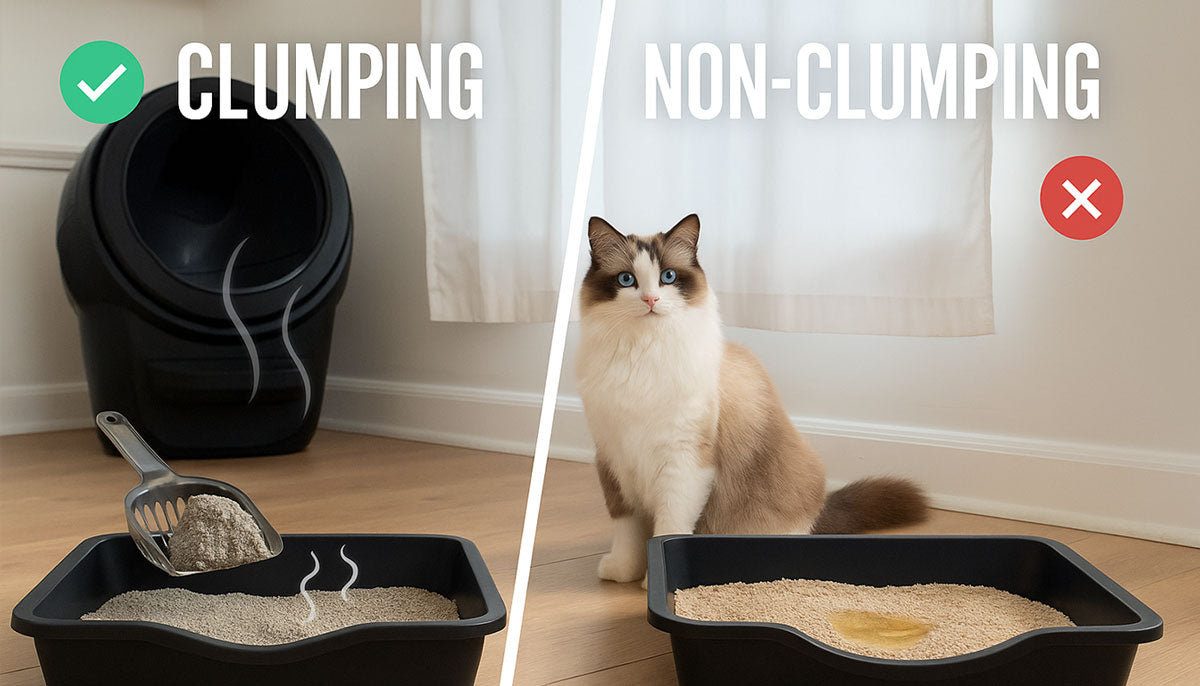In today’s pet care landscape, selecting the right cat litter can be a daunting task for cat owners. With numerous options ranging from clumping to non-clumping varieties, understanding the distinct properties, benefits, and drawbacks of each type is essential. This article breaks down the core differences between clumping and non-clumping litter, providing insights into how each functions and how they impact odour control, waste management, and routine hygiene.
Cat litter technology has evolved significantly, with materials such as sodium bentonite, coconut husk, and even biodegradable alternatives entering the market. These materials affect how the litter behaves in the tray, influence cleaning frequency, and contribute to environmental impact. Owners may consider factors such as cost, sustainability, and convenience when choosing a litter type.
This guide explores each type in detail and concludes with practical tips to help streamline your cleaning routine and support a more comfortable home environment for both you and your cat.

Understanding the Core Difference Between Clumping and Non-Clumping Litter
Clumping litter forms solid masses upon contact with moisture, making waste removal more targeted. In contrast, non-clumping litter absorbs liquid throughout the tray without forming clumps. These differences influence how frequently the litter tray needs cleaning and how odour is managed.
Clumping litter typically relies on materials like sodium bentonite or other natural clumping agents. Non-clumping litters, often made from wood, paper, or plant-based materials, absorb moisture without binding it into a clump, requiring more frequent changes of the full tray.
How Clumping Litter Forms Solid Masses Upon Contact With Moisture
When a cat urinates, clumping litter binds the moisture into a firm clump, making it easy to scoop out. This allows for selective cleaning without having to empty the entire tray. Some formulations, such as those using biochar, have also been studied for their ability to contain odours and simplify maintenance.
The Absorption Method of Non-Clumping Litter Varieties
Non-clumping litters absorb liquid through their structure but do not form solid waste units. This means moisture spreads more broadly, often requiring full or partial litter replacement more frequently to maintain freshness.
Primary Material Distinctions in Clumping and Non-Clumping Types
Clumping litters often use sodium bentonite clay or other binding agents to form solid clumps. Non-clumping litters tend to feature materials like wood shavings, recycled paper, or silica crystals that prioritise absorbency over clumping ability.
Observing the Practical Difference Between Clumping and Non-Clumping Cat Litter in Use
In everyday use, clumping litter can be more convenient due to its ease of spot cleaning. Non-clumping litter may require more frequent tray clean-outs, especially in multi-cat households. However, some pet owners prefer the lower dust levels and natural materials offered by non-clumping options.

What Sets Clumping Apart From Non-Clumping Cat Litter Fundamentally
Clumping litter offers targeted waste removal, which can extend the lifespan of the litter. Non-clumping litter, while requiring more frequent changes, is often favoured for its lighter weight and natural composition. The choice often comes down to household preferences and cleaning routines.
Exploring the Advantages of Clumping Cat Litter
Facilitating Easier Litter Tray Cleaning and Waste Removal
Clumping litter simplifies maintenance by forming easily removable waste clumps. This targeted removal method can save time and reduce the need for full tray replacements.
Enhanced Odour Management Through Clump Formation
By isolating moisture in compact clumps, odour control is often more manageable. Regular scooping of clumped waste helps maintain a fresher-smelling litter tray.
Potentially Longer Intervals Between Full Litter Changes
Clumping litter’s ability to isolate waste means the clean litter can remain usable for longer, reducing the need for full changes and potentially offering better value over time.
Aiding in Observing Your Cat’s Litter Habits
Clumping litter makes it easier to observe patterns in your cat’s waste output, which may help you notice any changes worth monitoring.
Common Reasons Cat Owners Opt for Clumping Solutions
The combination of convenience, longevity, and odour control makes clumping litter a popular choice for many households.
Considering the Potential Drawbacks of Clumping Litter
Issues With Dust Production and Household Tracking
Some clumping litters, especially those made from fine clay, may generate dust that can settle on surfaces or be tracked outside the litter tray. Choosing low-dust formulas can help mitigate this.
Ingestion Risks for Kittens or Curious Cats
Clumping litter may not be suitable for kittens or pets prone to ingesting litter. Some owners prefer to use alternative materials until their cat is older and less exploratory.
The Heavier Nature of Clumping Materials
Clay-based clumping litters tend to be heavier, which may make transporting and pouring more cumbersome, particularly for those with mobility concerns.
Price Considerations for Clumping Formulas
Due to the materials involved, clumping litter can carry a higher upfront cost. However, their extended usability may offset some of this expense over time.
Environmental Aspects of Sodium Bentonite in Clumping Litter
Clumping litter made from mined clay is not biodegradable, which may concern eco-conscious pet owners. Some newer formulations use alternative clumping agents with reduced environmental impact.
Examining the Benefits of Non-Clumping Cat Litter
Often a More Economical Litter Alternative
Non-clumping litters are typically less expensive per kilogram and can be a practical choice for budget-conscious owners.
Lighter Weight Materials for Simpler Handling
Materials like paper, wood, or coconut husk make non-clumping litter lighter and easier to manage during regular cleaning.
Reduced Dust Output With Many Non-Clumping Options
Non-clumping litters often produce minimal dust, which can help maintain cleaner surfaces and reduce airborne particles in the home.
Suitability for Kittens and Young Cats
Many owners choose non-clumping litters for kittens due to their softer texture and non-binding properties.
Diverse Material Choices Beyond Traditional Clay
Non-clumping options come in a wide array of biodegradable and sustainable materials, supporting a lower environmental footprint.

Identifying Possible Disadvantages of Non-Clumping Litter
Necessity for More Frequent Complete Litter Tray Replacements
Because waste is absorbed rather than isolated, the full tray often needs to be emptied and cleaned more frequently to maintain freshness.
Odour Control May Diminish More Quickly Than Clumping Types
Without clumps to contain waste, odour can build up faster in non-clumping litters, especially if the tray isn’t changed regularly.
Locating and Removing All Soiled Litter Can Be Less Straightforward
Since waste isn't visually isolated, it may take more time and attention to identify and remove soiled areas effectively.
Potential for Liquid to Pool at the Litter Tray Base
If not changed regularly, moisture can pool at the bottom of the tray, potentially requiring additional liners or pads.
Grasping the Difference Between Clumping and Non-Clumping Litter for Odour Control
Clumping litter helps reduce odour by limiting exposure to moisture and waste, while non-clumping litter may need more frequent changes to maintain the same level of freshness.

Choosing the Right Litter: Is Clumping or Non-Clumping Best for Your Cat?
The best choice of litter depends on your household’s routine and your cat’s individual needs. Consider how often you plan to clean the tray, whether dust or weight is a factor, and what materials best align with your preferences.
Observing Your Cat’s Litter Preferences and Behaviours
Some cats prefer specific textures or scents. Testing a few different options can help identify what works best for your pet.
Matching Litter Type to Your Cleaning Schedule
Clumping litter may suit households looking to spot-clean daily, while non-clumping litter may be appropriate for those who prefer complete replacements more often.
Aligning Litter Choice With Your Budget
Balancing the initial cost with long-term maintenance requirements will help you make a practical, cost-effective decision.
Final Thoughts
Choosing the right cat litter comes down to convenience, cost, sustainability, and your cat’s comfort. Clumping litter often offers ease of cleaning and better odour control, while non-clumping options appeal to those seeking lightweight, natural alternatives. Whichever you choose, staying attentive to your cat’s behaviour and litter box habits will support a more pleasant and hygienic home.
Frequently Asked Questions
Multi-cat litters need to handle frequent use, high waste volumes, and strong odours. Look for fast clumping action, odour-neutralising ingredients like activated carbon, and minimal tracking to maintain cleanliness across multiple trays.
Activated carbon works by adsorbing odour-causing compounds like ammonia from waste. It traps these molecules in its porous structure, helping to keep the litter tray and surrounding space fresher for longer.
Our Superior Clay Clumping Litter uses bentonite for firm clumps and fast moisture capture, while the Tofu + Activated Carbon Litter is plant-based, lighter, and biodegradable — ideal for those preferring a natural alternative with strong odour control.
Yes, both the Superior Clay and Tofu + Activated Carbon litters are tested and proven to work effectively in the Litter-Robot III Open Air, ensuring optimal clumping and minimal sticking.

